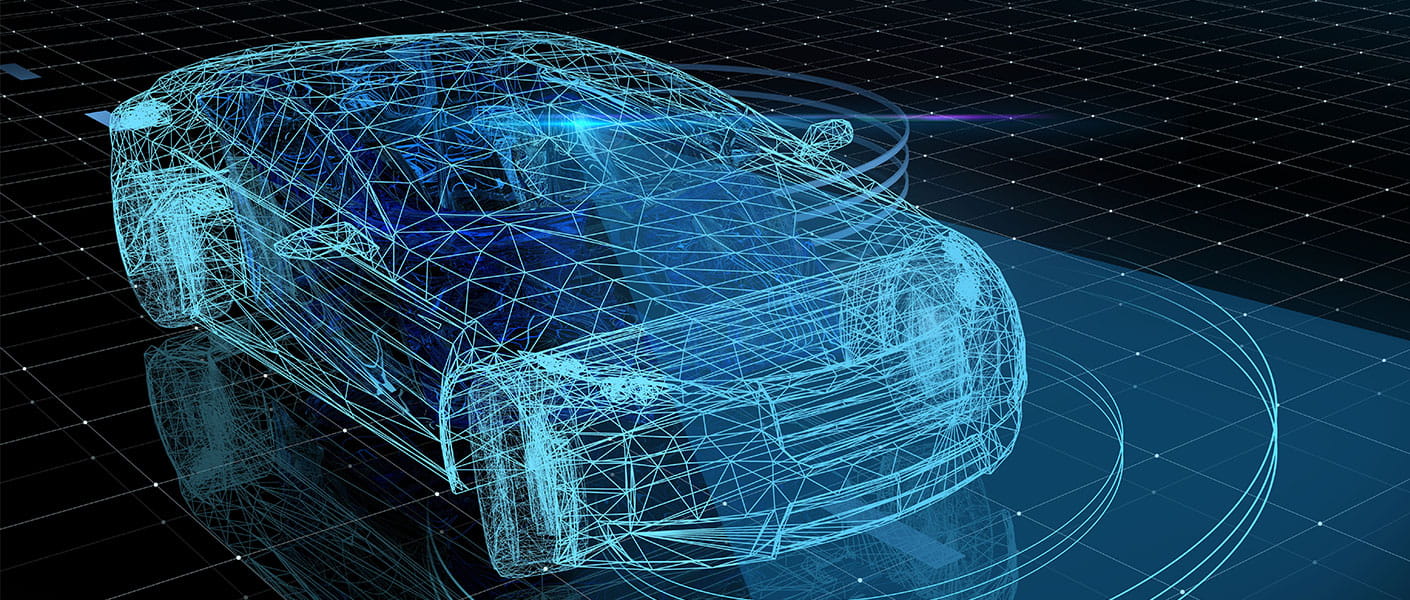
With developments in GPS accuracy, data ownership, vehicle connectivity, cyber security and ethical decision making, driverless vehicles are just around the corner for Australia. Current regulations have been scrutinised with respect to safety, licensing and certifications, interactions with enforcement and others in the anticipation of new driverless technology. While most discussions around driverless vehicles focus on the technology, there are larger challenges to address in order to adequately prepare ourselves for the driverless world. A number of these issues were raised at Roads Australia’s ‘National Stakeholder Briefing on Driverless Rollout in Australia’ in February.
Imagine a driverless future where people call a driverless vehicle from their smart phone, arranging cost effective door to door transportation by use of an app. This vehicle could be part of a fleet, each performing multiple trips per day. It is likely that these car fleets would offer a form of cheap and convenient transport so attractive that it could lead to the decline of private car ownership. With this concept in mind it is easy to see how the advent of driverless vehicles will impact far more than just the driver.




